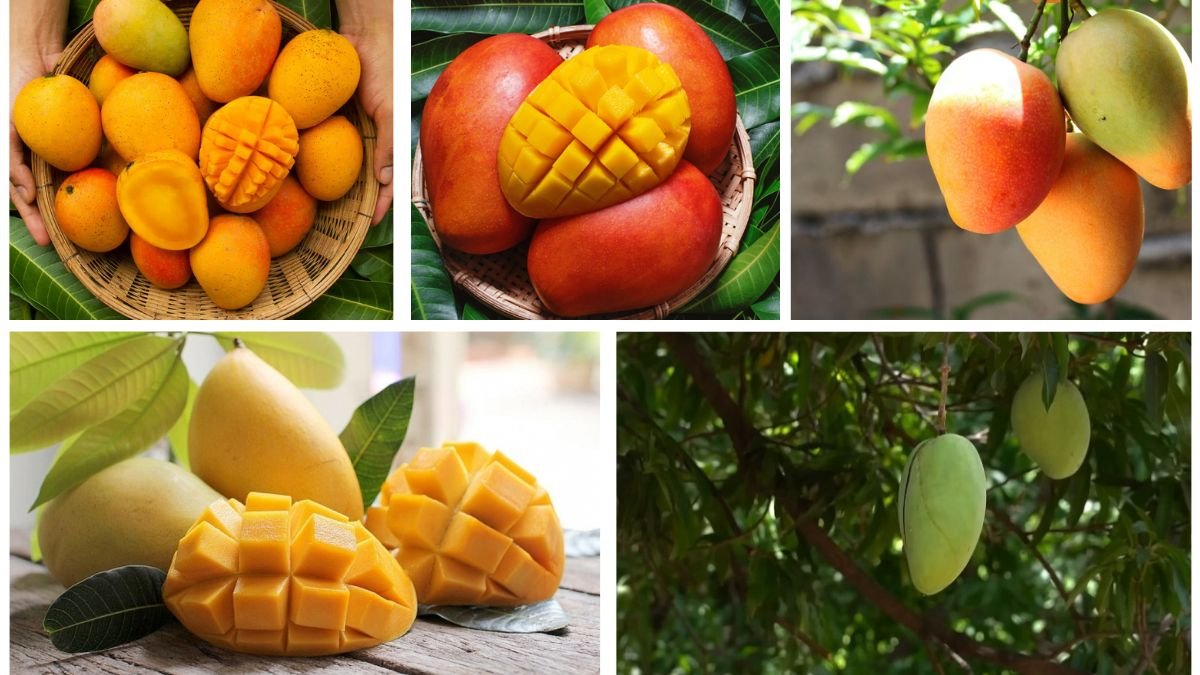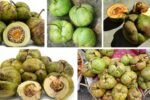Mangoes, often celebrated as the “king of fruits,” are adored across the globe for their sweet, juicy flavor and tropical aroma. While India is the world’s largest producer of mangoes, it is not the top exporter—a distinction many people find surprising. Instead, another country leads the way in sending mangoes across oceans and borders, meeting the growing international demand for this golden fruit.
So, which country is the world’s largest mango exporter? The answer is Mexico. Let’s explore why Mexico holds this position, how mango exports shape the global fruit trade, and what the future holds for this industry.
Mangoes: A Global Favorite
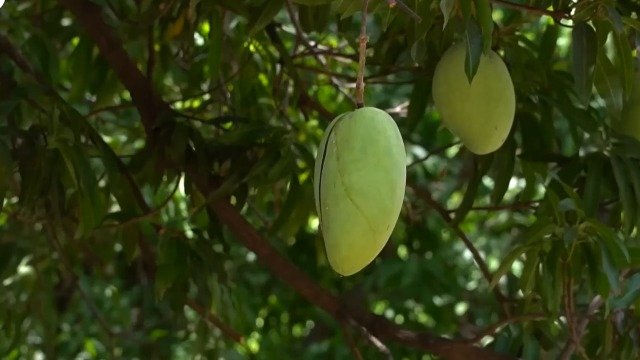
- Origin: Native to South Asia, mangoes have been cultivated for more than 4,000 years.
- Varieties: There are more than 1,000 varieties worldwide, each with unique flavor, texture, and aroma.
- Global Reach: Mangoes are now grown in more than 100 countries, especially in Asia, Africa, and Latin America.
Despite widespread production, a few countries dominate global exports, with Mexico standing at the top.
The World’s Largest Mango Exporter: Mexico
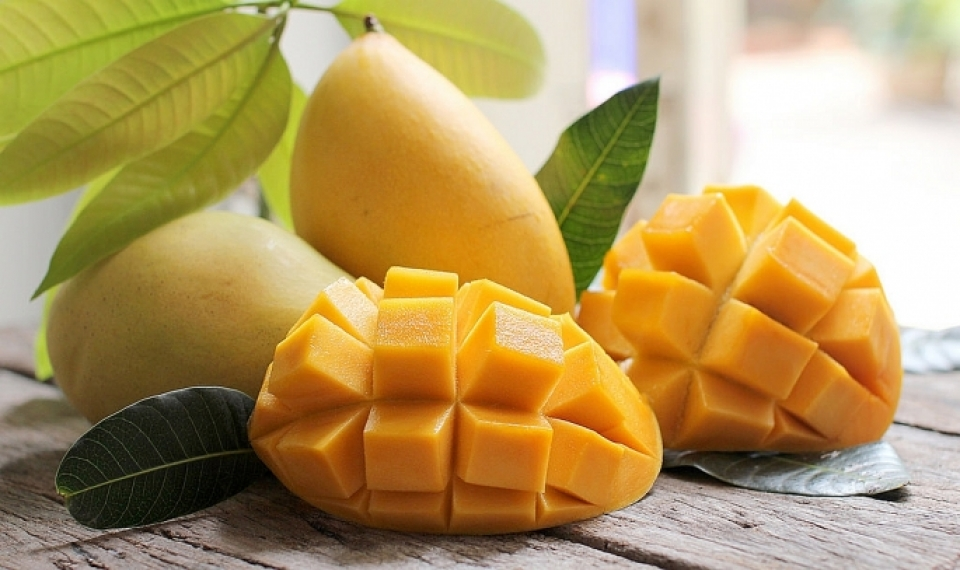
Mexico’s Leading Role
- Annual exports: Over 400,000–500,000 metric tons of mangoes each year.
- Share of global mango exports: Roughly 20–25%.
- Primary markets: The United States, Canada, and Europe.
- Popular export varieties: Ataulfo (Honey mango), Tommy Atkins, Kent, Keitt, and Haden.
Why Mexico Leads in Mango Exports
- Proximity to the U.S. Market
- The U.S. is the largest importer of mangoes, and Mexico’s geographic closeness ensures quick, cost-effective transport.
- Year-Round Production
- With varied climates across states like Michoacán, Sinaloa, Nayarit, Chiapas, and Guerrero, Mexico can produce mangoes almost year-round.
- Efficient Supply Chains
- Mexico has invested in cold storage, logistics, and certification processes to meet international export standards.
- Government Support
- Initiatives and trade agreements, including NAFTA (now USMCA), boosted Mexico’s position as the top mango supplier to North America.
Key Mexican Mango Varieties for Export
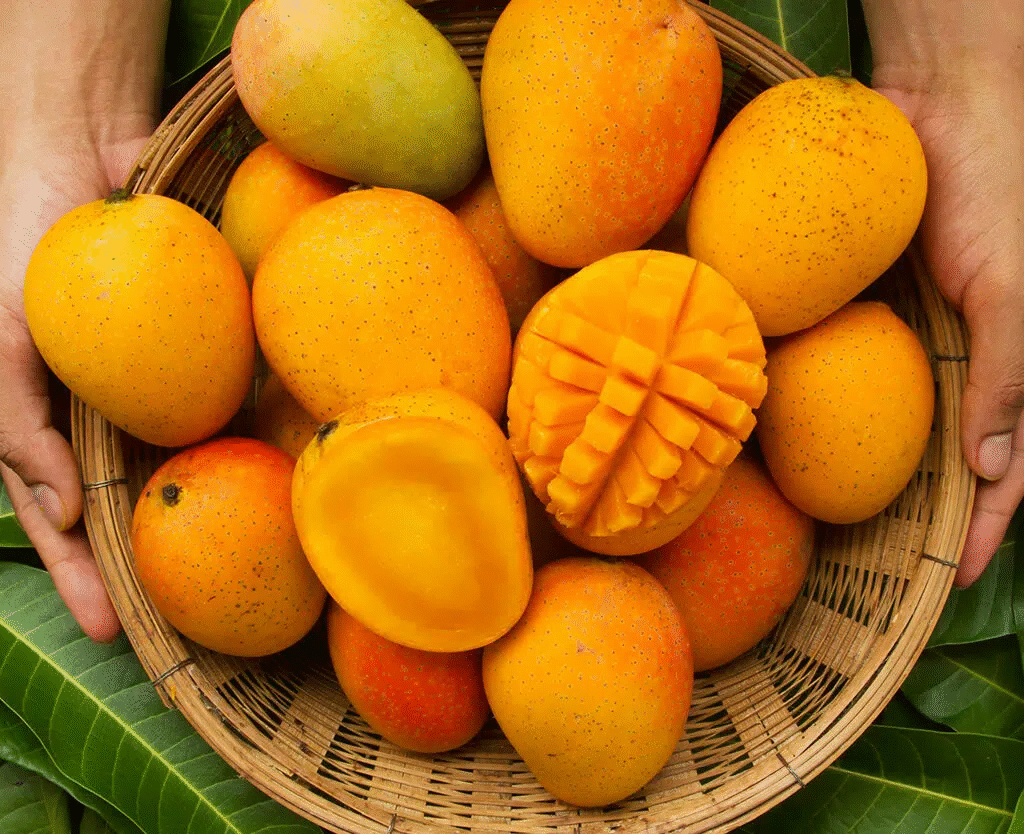
- Ataulfo (Honey Mango)
- Small, golden-yellow mango with creamy, fiberless flesh.
- Sweet and buttery, highly popular in Canada and the U.S.
- Tommy Atkins
- Large, reddish mango with firm, fibrous flesh.
- Known for durability during shipping.
- Kent
- Sweet, juicy mango with low fiber.
- Available later in the season, ideal for European markets.
- Keitt
- Green-skinned even when ripe.
- Popular for its large size and long shelf life.
- Haden
- One of the older, classic varieties.
- Reddish-yellow skin and strong tropical flavor.
Mango Exporting Giants: The Runners-Up

While Mexico is the top exporter, other countries also play significant roles:
- India
- The largest mango producer, with over 20 million metric tons annually.
- Exports less than 2% of its production, mainly Alphonso, Kesar, and Banganapalli mangoes.
- Key markets: Middle East, Europe, and North America.
- Limited exports due to high domestic demand and strict import regulations.
- Thailand
- Known for Nam Dok Mai and Keo Savoy mangoes.
- Strong exporter to East Asia, particularly Japan, South Korea, and China.
- Pakistan
- Famous for Sindhri and Chaunsa mangoes.
- Exports over 100,000 metric tons annually, especially to the Middle East, U.K., and Europe.
- Peru
- Growing exporter, especially to the U.S. and Europe.
- Exports mainly Kent and Edward varieties.
- Brazil
- Major exporter to Europe, especially Portugal, Spain, and the Netherlands.
- Exports peak between August and November.
The Economic Significance of Mango Exports
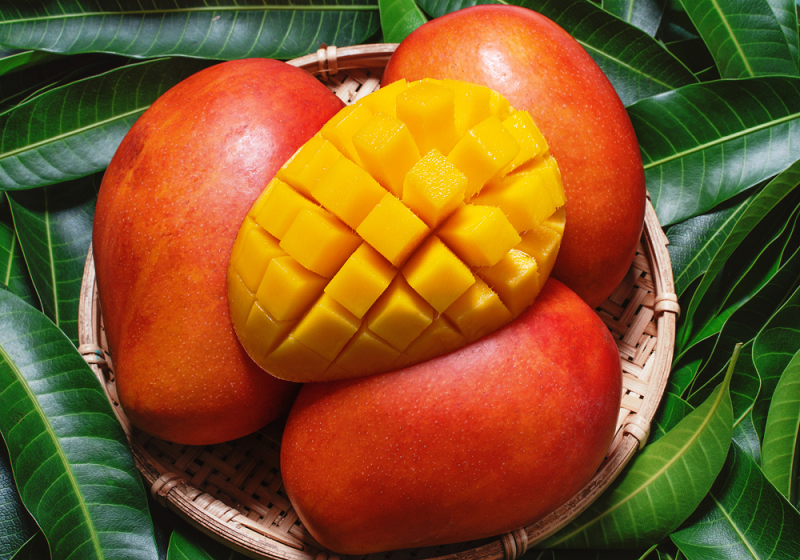
- For Mexico
- Mango exports generate hundreds of millions of dollars annually.
- Provide livelihoods for thousands of farmers, harvesters, and logistics workers.
- For Importing Countries
- Consumers in North America and Europe enjoy year-round access to mangoes, once considered a rare tropical delicacy.
- For the Global Market
- Mangoes have become one of the most traded tropical fruits, alongside bananas and pineapples.
Challenges in Mango Exports
Despite strong demand, exporting mangoes comes with hurdles:
- Short Shelf Life
- Mangoes ripen quickly, requiring efficient cold chain management.
- Strict Regulations
- Countries like the U.S. and EU impose phytosanitary measures, including irradiation or hot water treatment to kill fruit flies.
- Competition
- Rising exports from countries like Peru and Brazil increase competition for premium markets.
- Climate Change
- Unpredictable weather affects yields, flowering, and harvest cycles.
Future of Mango Exports
- Growing Demand in New Markets
- Countries like China, South Korea, and Gulf nations are seeing rising mango consumption.
- Processed Mango Products
- Pulp, juice, dried mango slices, and frozen mangoes extend shelf life and expand trade.
- Premium Branding
- Specialty mangoes like India’s Alphonso or Mexico’s Ataulfo are being marketed as premium fruits in international supermarkets.
- Sustainability
- Eco-friendly farming and fair-trade certifications are becoming more important in export markets.
Fun Facts About Mango Exports
- Mango is the national fruit of India, Pakistan, and the Philippines, and the national tree of Bangladesh.
- Mexico celebrates its mango heritage with regional festivals, highlighting different varieties.
- The U.S. imports more than 400,000 tons of mangoes annually, with over 60% coming from Mexico.
- Premium Alphonso mangoes from India can sell for up to $10–15 each in global markets.
Final Thoughts
While India may be the world’s largest producer of mangoes, the crown of largest mango exporter belongs to Mexico. With its ideal climate, efficient logistics, and proximity to major markets like the U.S. and Canada, Mexico has mastered the art of supplying mangoes to the world.
As global demand grows and new markets open, mango exports will only expand further. Whether it’s the buttery Ataulfo from Mexico, the aromatic Alphonso from India, or the sweet Chaunsa from Pakistan, mangoes will continue to delight taste buds and connect cultures worldwide.
